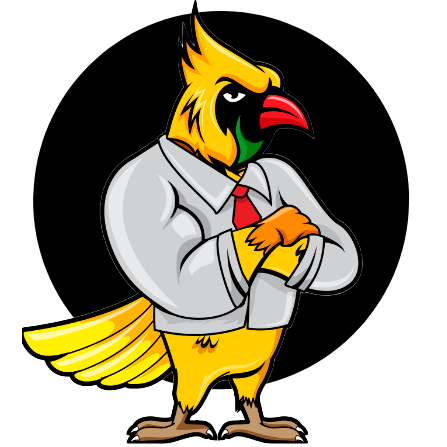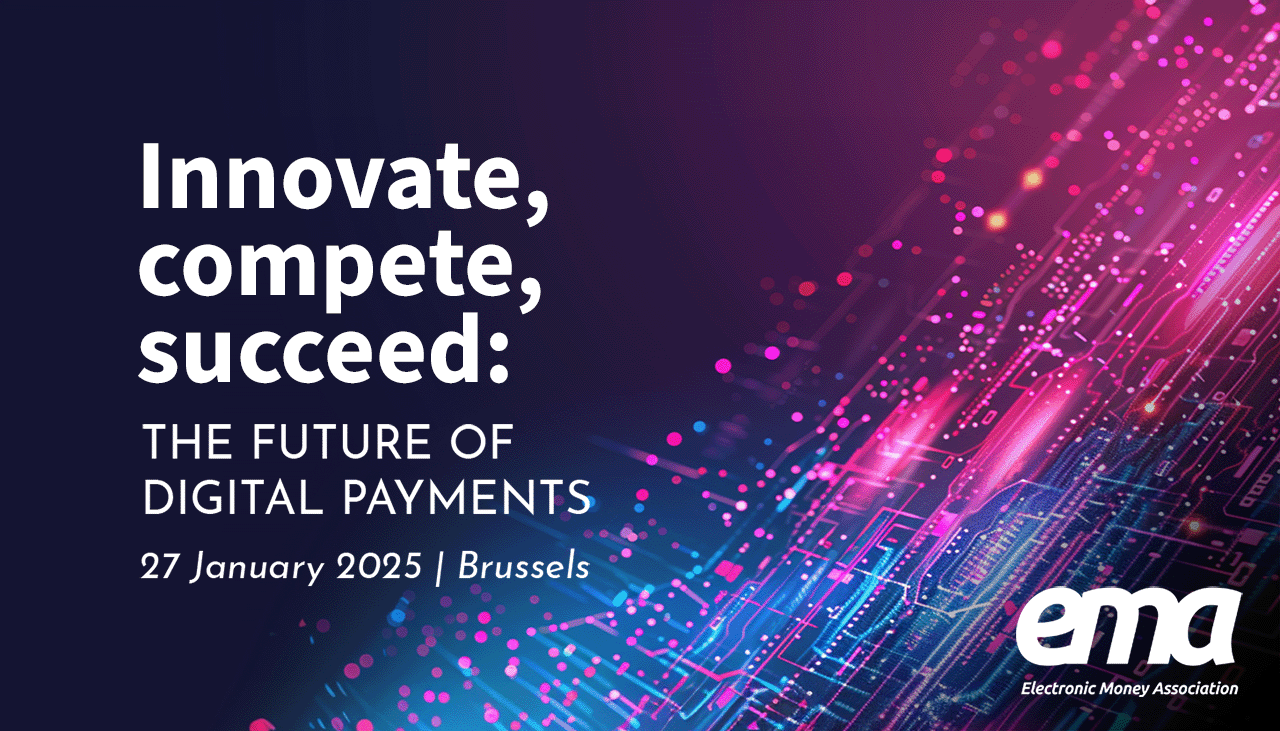No products in the cart.
- Latest
- Trending
ADVERTISEMENT
Below is a guest post from Olivier Acuna.
According to PwC, the machine economy will contribute 70% of the world’s gross domestic product (GDP) over the next seven years. Year.
According to a PwC report, the convergence of artificial intelligence and blockchain technology could make the machine economy contribute up to $15 trillion to the global economy by 2030.
A study conducted by IoTeX and Siemens explores why IoT and distributed ledger technologies (DLT), such as blockchain, are enabling the growth of the machine economy and creating new opportunities for IoT manufacturers and end users.
The report also describes some of the disruptive business models the industry is seeing and highlights examples of their implementation. It defines the machine economy as smart, connected, economically independent devices that act as autonomous market participants, conducting economic transactions and other activities with little or no human intervention. It cites a study by Next Big Thing AG, which defines it as a network of machines.
This definition, according to Fan, Baudry, and Sing, describes the disruptive factors that the machine economy will bring to the Internet of Things.
On the one hand, the machine economy accommodates traditional manufacturing and business processes in most companies and industries.On the other hand, it leverages technologies that enable autonomous transactions between devices and machines. they said.
One of the four key machine economy use cases the authors mention in their IIC article is the industrial metaverse.
The Industrial Metaverse is an emerging trend that aims to combine immersion, real-time data and digital twins to create new business models and accelerate digitization. IoTeX Dr. Xinxin Fan and Siemens co-authors Steven Baudry and Sourabh Narayan Sing write:
Despite the slowdown in the global economy, the Metaverse will show impressive growth in 2022 and experts believe it will continue to grow significantly. Deloitte believes the global market size of the Metaverse could balloon from $1.5 trillion to $13 trillion.
The WEF forecasts that the metaverse market will grow to $800 billion by 2024. McKinsey said:
The metaverse, which could create up to $5 trillion in value by 2030, is too big for businesses to ignore.
However, while traditional businesses and Web3 visionaries agree that the metaverse will continue to grow exponentially in the coming years, the VentureBeat article quotes ABiResearch.
In fact, we estimate that the Industrial Metaverse will outgrow the consumer and enterprise Metaverse sectors by at least three times.
While technologists are trying to imagine what the metaverse will bring to businesses and consumers, the industrial metaverse is already transforming how people design, manufacture, and interact with physical entities across industries. says the MIT Technology Review article.
One important application of the industrial metaverse, as defined in the MIT article, is the digital twin, which is a virtual replica of a product or process. The rising buzz around digital twins is raising expectations for the industrial metaverse, he said in the MIT report.
BMW, for example, created a virtual twin of its production plant in Bavaria before building the physical facility. Boeing uses a digital twin development model for aircraft design. Singapore is a digital representation of the Southeast Asian country created by the government to support policy-making and test new technologies, the MIT review notes.
But challenges remain, Dr. Hwang, Baudry and Singh said.
One of the pieces of the Industrial Metaverse puzzle is connecting edge devices and trusted data flows to digital twins to create near-real-time simulations and predictions of real-world conditions, they noted. .
Allowing edge devices to directly participate in incentive mechanisms creates more autonomy and highly efficient digitization use cases.
Over the past few years, the convergence of artificial intelligence, blockchain, cloud computing, edge computing, Internet of Things (IoT), 5G, computer vision, and augmented/virtual reality have supported the creation of even more complex digital twins. , they write.
According to the IIC article, these technological advances are bringing digital twins closer to their real-world counterparts while driving the industry through the next wave of digital revolution.
The introduction of blockchain and Web3, the third iteration of the Internet, offers new perspectives and growth opportunities for IoT businesses by enabling the so-called machine economy.
Learn more about Olivier Acuna
Copyright © Pbird Media | Copyright © All rights reserved 2024

Copyright © Pbird Media | Copyright © All rights reserved 2024











